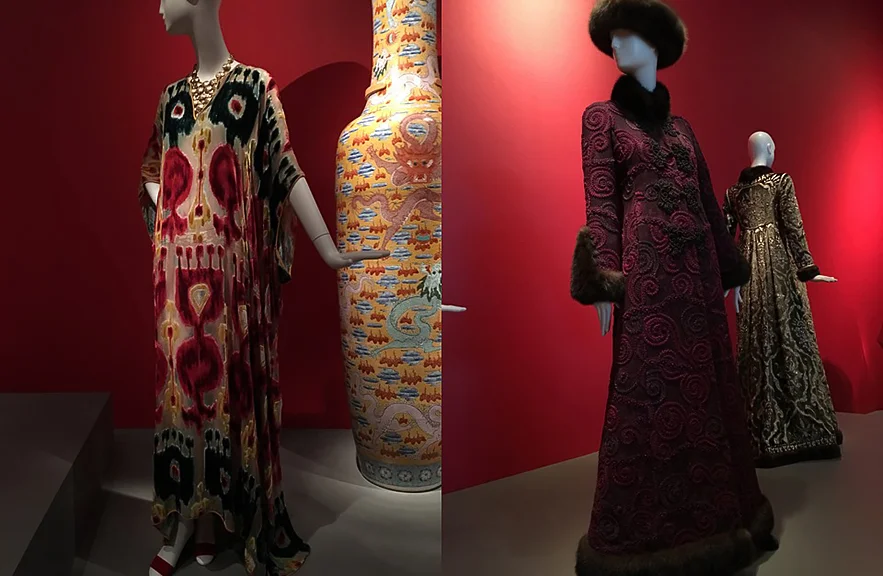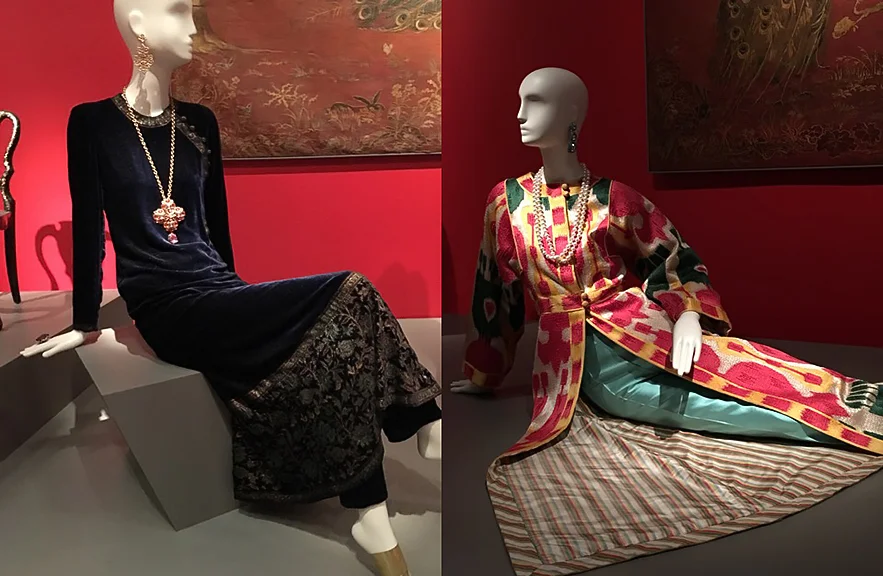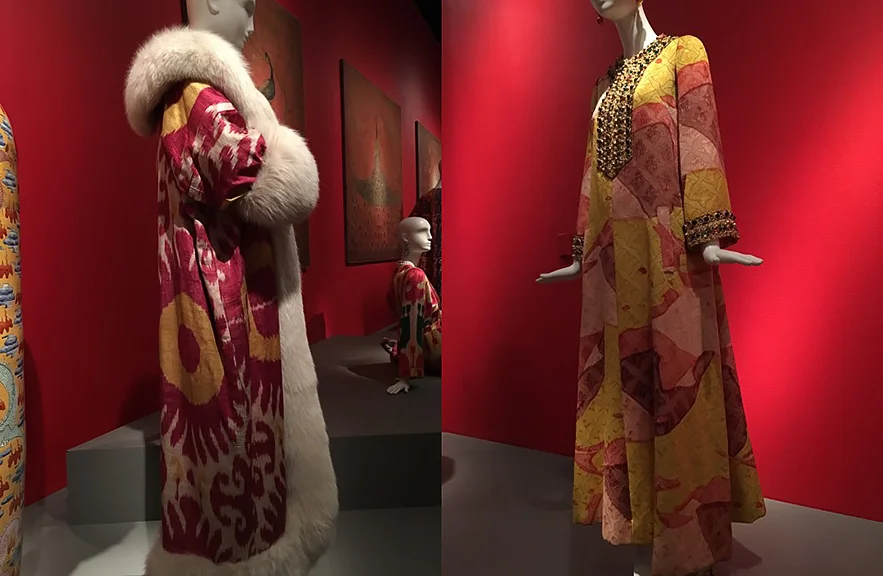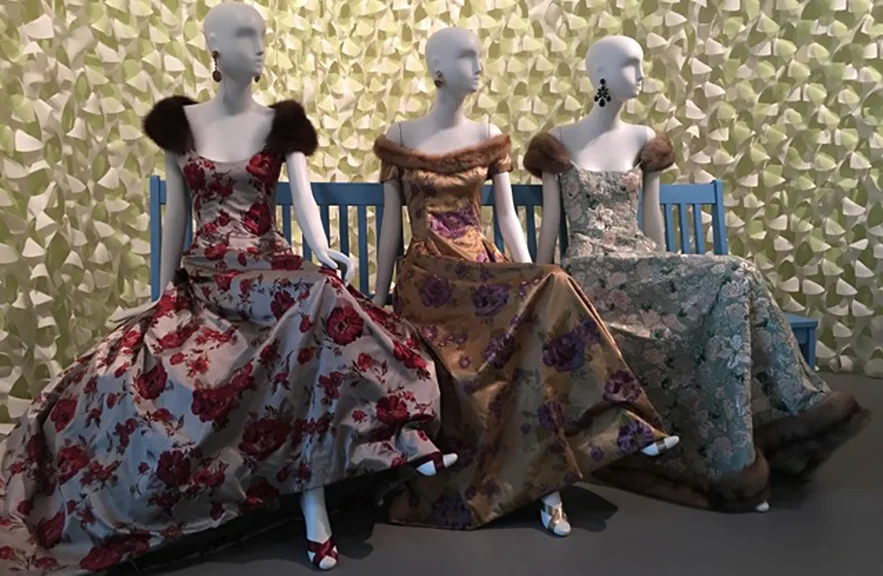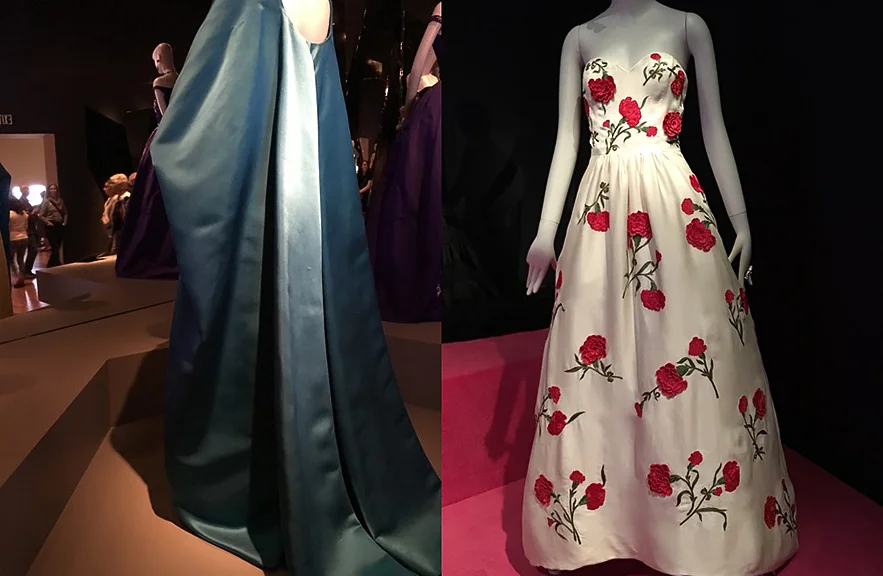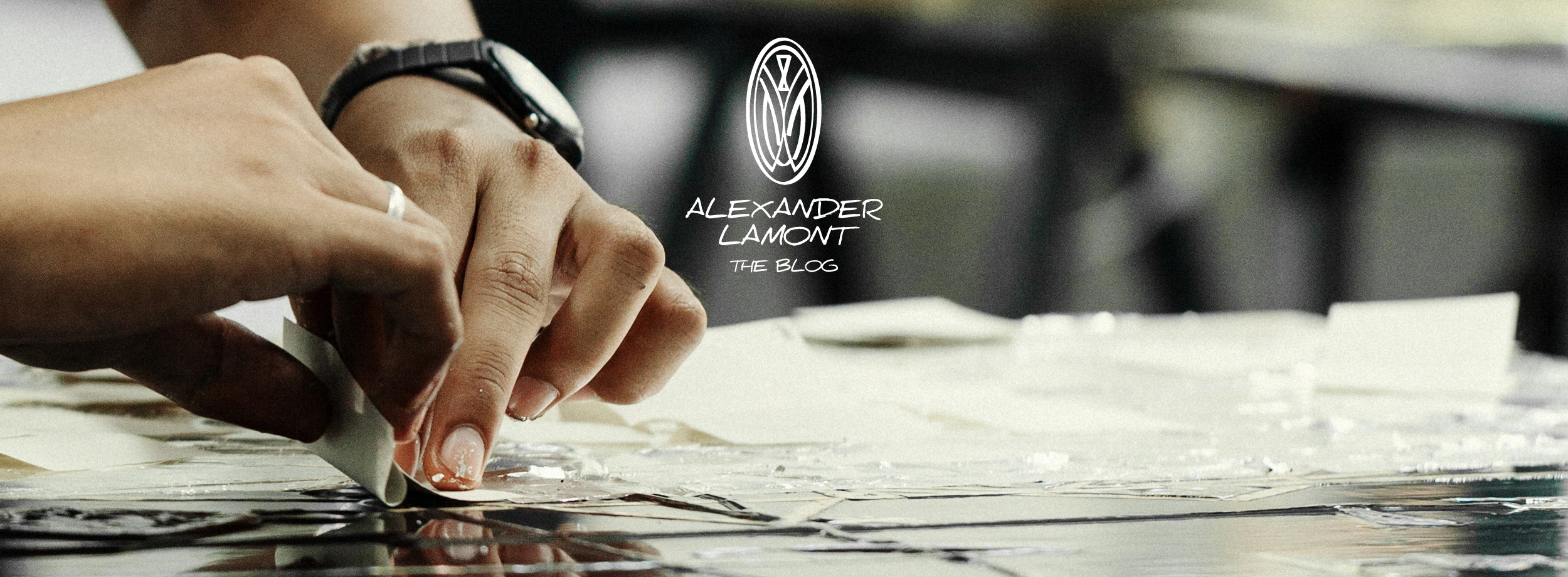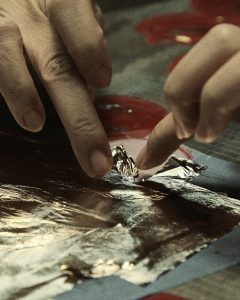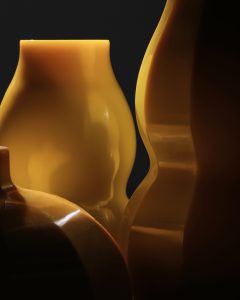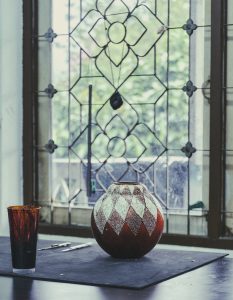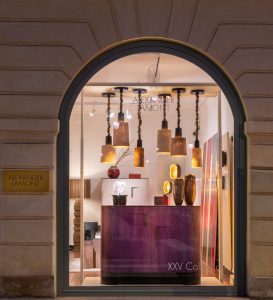In May I travelled to San Francisco to attend the Financial Times Business of Luxury Summit 2016. It was the first time I had attended a gathering of this kind comprising of business leaders and advisors in the luxury fashion and retail industries. The discussion was of changing ideas of “luxury”, of the need for disciplined innovation in the industry and of overall trends in the global luxury markets since 2014.
For the first time a Creative Director was invited to participate in this important discussion and we had the privilege of hearing from Peter Copping, the Creative Director of Oscar de la Renta, who was handpicked to lead the fashion house by the legendary designer before he passed away in 2014. Peter Copping talked about Oscar de la Renta as a designer, of their shared aesthetic values, their desire to design clothes for the “feminine” woman, their passion for creating the “fairy tale” dress and their mutual love of rich, sumptuous, rarified fabrics; he also talked about Oscar de la Renta as a friend and of their shared passion for gardens and gardening – another aesthetic that deeply influences both designers’ work. My interest in the fashion designer was piqued by the conversation with Peter Copping and so it seemed a benign coincidence that a retrospective of Oscar de la Renta’s work was showing in San Francisco while I was there.
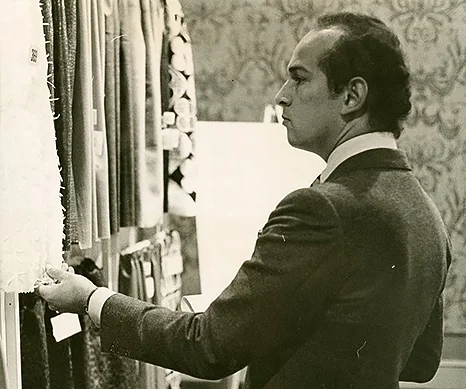
The retrospective was curated by Andre Leon Talley, former American editor-at-large for Vogue and a lifelong friend of de la Renta, and shown at the de Young Museum in San Francisco from 12 March to 30 May 2016. The exhibition included more than 130 ensembles produced over five decades of the artist’s career – these were organized into several sections with different themes: early work, Spanish, Eastern and Russian influences and garden influences. There were also separate sections for daywear and evening wear and for his most iconic ball gowns.
The sections comprising of Eastern and Russian influences were the most interesting to me as they underscored the artist’s fascination with traditional materials and techniques, and a gift for adapting them to create beautiful contemporary designs. As I walked around the exhibition, I felt an affinity between de la Renta’s work and Alexander Lamont’s because of this shared passion and respect for artisanal traditions from all over the world, and the possibilities they offer to the modern artist. Magical ikats and appliques, intricate embroidery and crewel work, rich brocades and velvets, and sumptuous silks in an array of textures, prints and colours took my breath away in every room I entered. The rooms themselves were thoughtfully displayed with atmosphere and theme enhanced by well-chosen large wall sized images, or, in the garden section, feather light, fabric wallcoverings that literally filled the room with light.
It was exciting to get so close to the work of such an accomplished artist and to understand so deeply and immediately the integrity of the work on view – a truly moving experience.
To read more about Oscar de la Renta’s life follow this link.
